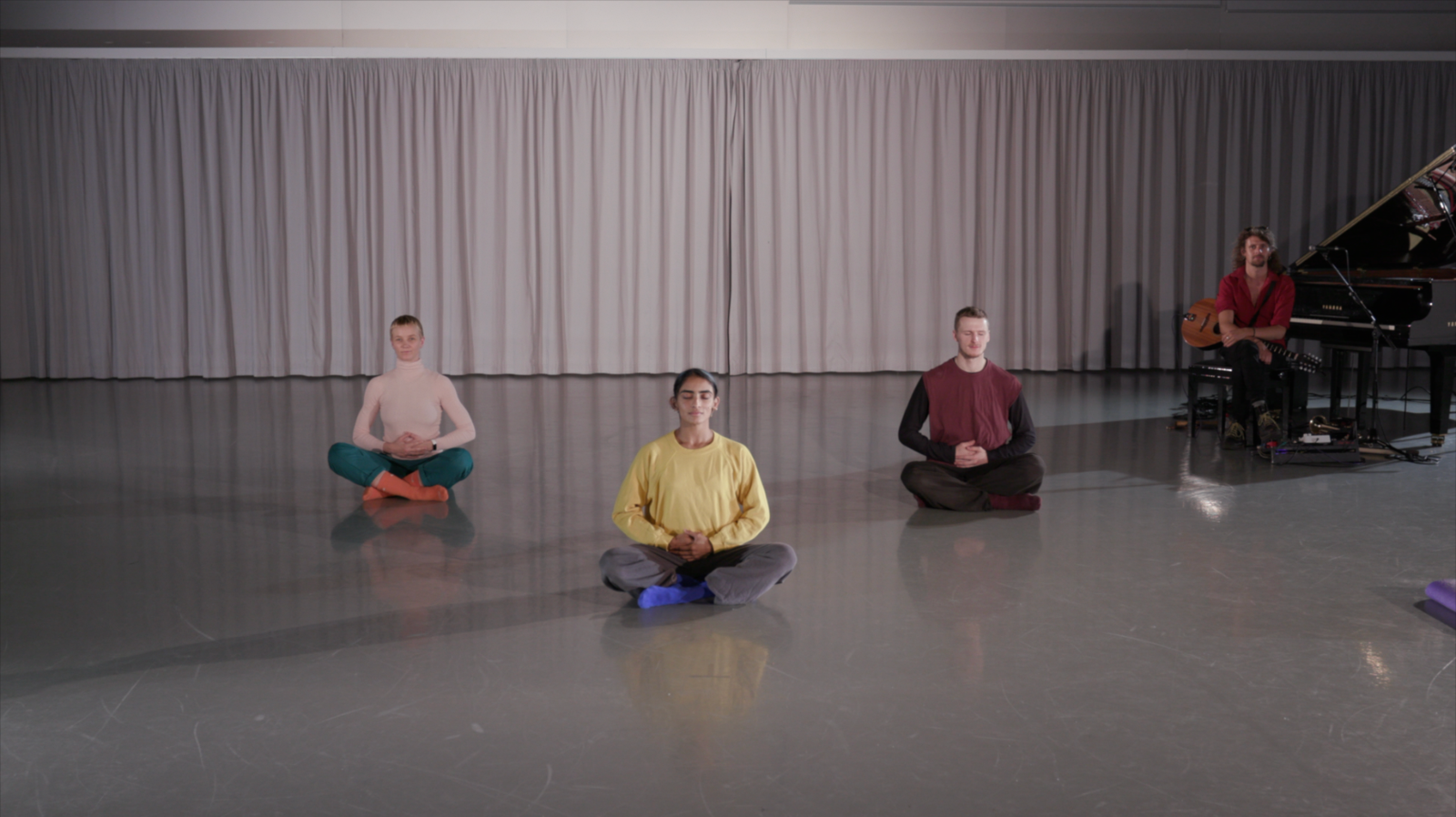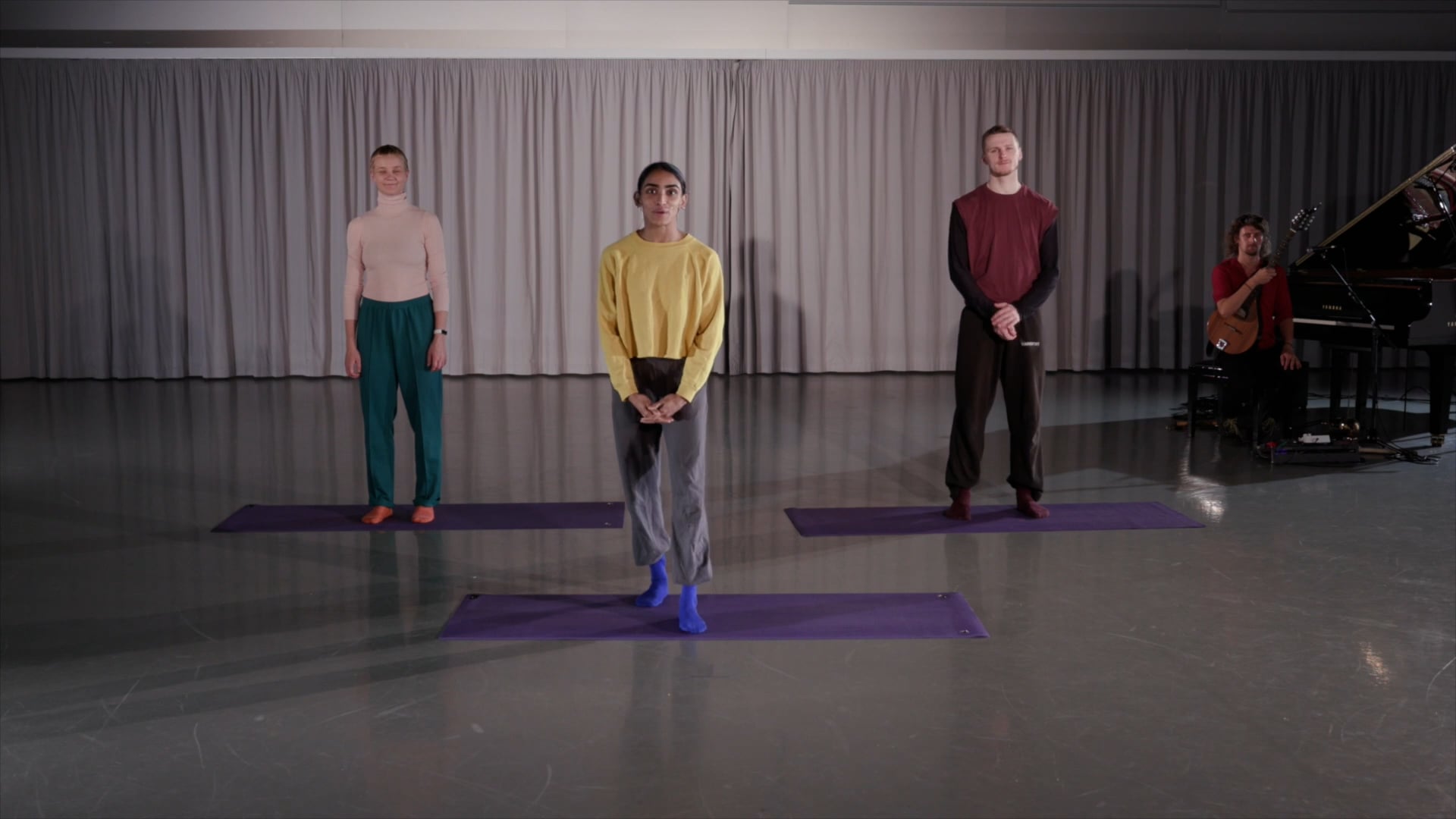What Is Vinyasa Yoga and Why You Might Love It

What Is Vinyasa Yoga?
If you’ve been exploring yoga classes online or dipping into the movement sessions on Rambert Plus, you’ve probably come across Vinyasa yoga. It’s one of the most popular styles for a reason. It’s flowing, breath-focused, and surprisingly energising. But what exactly is Vinyasa yoga, and how is it different from other types?
Where Vinyasa Yoga Comes From, and What It Really Is
Vinyasa yoga is rooted in the ancient traditions of South Asia. Like all modern yoga styles, it draws on practices that began in India. In the twentieth century, teachers like Krishnamacharya helped shape a breath-led, dynamic approach to movement that became the foundation of what we now call Vinyasa.
Unlike some yoga styles that follow a set sequence, Vinyasa moves with the breath. Each pose flows into the next, creating a rhythm that can feel almost like a moving meditation. The structure is there, but there’s also space to explore. That means no two classes are quite the same, and that freedom is part of the magic.
Today’s Vinyasa yoga might look different from its early forms, but it still holds those same foundations: movement and breath working together. The practice has evolved, just like the people who do it.
Some classes are slow and grounding, others are sweatier and more energising. That’s the beauty of Vinyasa. It can shift with your mood, your energy, or the time of day.
If you’ve ever done a dance warm-up, a contemporary dance class, or even just experimented with Pilates at home, there’s a good chance Vinyasa will feel familiar. It’s expressive, rhythmic, and rooted in the body, even when you’re simply moving through silence.
How It’s Different from Other Yoga Styles
- Hatha yoga is slower and more focused on alignment.
- Yin yoga involves long holds that target deeper connective tissue.
- Restorative yoga encourages full rest using props like bolsters and blankets.
- Vinyasa moves more. It builds strength and flexibility while helping you stay mentally focused. You’ll find yourself flowing from plank to warrior to downward dog without even realising how much you’ve worked, in the best way.

Why Vinyasa Fits Well with Rambert Plus
If you’re exploring Pilates for beginners, learning basic dance moves, or trying a ballet class for adult beginners, Vinyasa is a great companion practice. It builds body awareness and improves coordination, two key ingredients in all kinds of movement.
It’s also easy to try at home. You can roll out a mat in your living room, take a 20 minute yoga class for beginners or mix it into your Pilates workout at home. The sessions on Rambert Plus let you practice at your pace, whenever it works for you.
Vinyasa can also be softened or simplified, making it a good fit if you’re looking for yoga for the over 60s, gentle movement, or chair-based sessions like seated Pilates or Pilates for seniors.
Is It Good for Beginners?
Yes. You don’t need to be flexible. You don’t need to know any of the poses. You don’t need special gear. Just wear something comfortable and give it a go.
Focus on your breath and move at your own speed. Rest when you need to. Vinyasa is about finding your own rhythm, not forcing your body into anything.
It’s also great if you’re easing into movement for the first time or returning after a break. Think of it as another way to learn to dance at home, only with fewer steps to memorise.
Want to Try It?
Vinyasa yoga has this way of making you feel stronger, more open and more grounded all at once. And whether you’re drawn to contemporary dance, Pilates online, or dance workout videos, it’s a practice that complements what you’re already doing.
Rambert Plus has a growing library of yoga classes online, along with Pilates, dance tutorials, beginner ballet and more. You’ll find sessions you can mix and match depending on your mood or your goals.
If you’ve been curious about yoga or simply want to feel more connected to your body, Vinyasa is a great place to start.
Explore Vinyasa yoga and more with Rambert Plus and discover how breath, movement and creativity come together.
Come discover. Wherever you are, however you move – it’s your move.